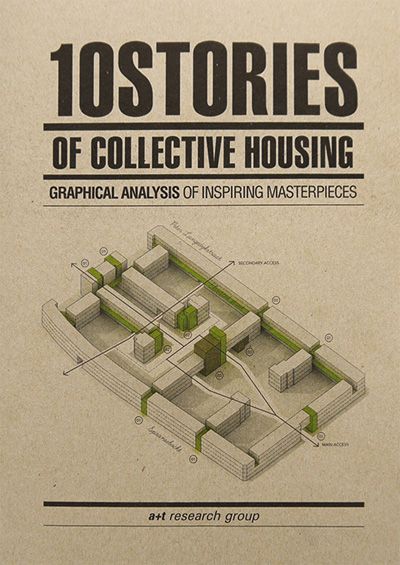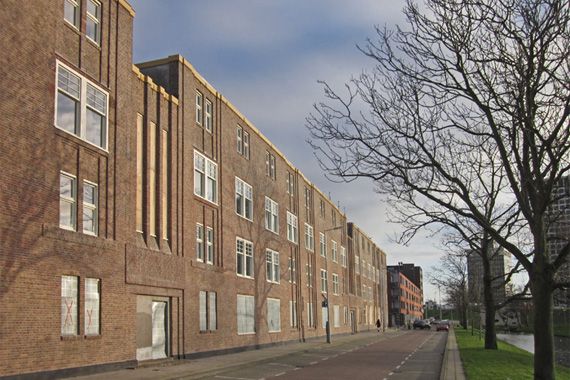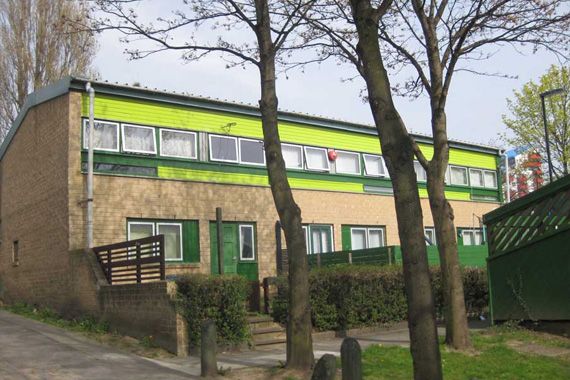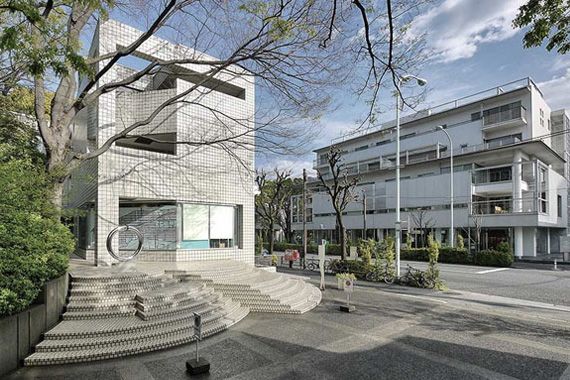
10 STORIES OF COLLECTIVE HOUSING is a new book from a+t architecture publishers. Scroll down to read this text in English.
Uma parte importante da história do modernismo reflecte-se sobre os edifícios de habitação social e colectiva. A popularidade crescente desta corrente de pensamento durante a primeira metade do século vinte e os problemas urbanos prementes que se seguiram à Segunda Guerra Mundial tornaram a arquitectura e o planeamento moderno uma resposta predominante sobre as carências enfrentadas por muitas cidades, particularmente na Europa.
Ainda que a desornamentação, a estandardização e a introdução de processos de construção industrial se tenham revelado aspectos marcantes deste período, verificaram-se muitas abordagens diferentes ao desenho de tipologias comunitárias de habitação. Ideias divergentes de sociedade, de vida moderna e progresso geraram manifestações muito diversas sobre o ambiente construído. Algumas destas construções resistiram ao teste do tempo, algumas mudaram profundamente no decurso de décadas e outras ainda viriam a ser demolidas.

Michiel Brinkman, Justus Van Effen Complex, Rotterdam, The Netherlands, 1919-1922.

Ralph Erskine, Byker Regeneration, Newcastle-upon-Tyne, United Kingdom, 1969-1982.
10 STORIES OF COLLECTIVE HOUSING conta a história de alguns destes importantes edifícios através da análise das suas características conceptuais e dos traços mais marcantes da vida dos seus autores. O livro apresenta trabalhos de figuras influentes tais como Jean Renaudie, Ralph Erskine, Ignazio Gardella, Fumihiko Maki, Fernand Pouillon, entre outros. Os seus projectos são apresentados e detalhados através de imagens e esquemas gráficos, sendo igualmente relacionados com outros projectos que se lhes seguiram. Esta abordagem original permite ao leitor compreender melhor o impacto destas obras de arquitectura através do tempo e a sua influência sobre projectos contemporâneos.
A ascensão e a queda de alguns destes exemplos de arquitectura habitacional colectiva do modernismo contam-nos a história dos sonhos e das esperanças de uma era motivada pelo optimismo e a ambição, com um sentido de responsabilidade social e o desejo de mudar o mundo. De igual modo, revela-nos o quanto mudámos enquanto sociedade, levantando questões sobre o futuro do ambiente construído e a nossa perda de confiança colectiva no planeamento e no domínio efectivo dos múltiplos processos que conduzem a sua transformação. De uma forma ou de outra, a arquitectura do nosso tempo e o futuro das nossas cidades estará para sempre ligado a estas obras marcantes do passado e à herança de cultura e conhecimento que encontramos nas suas muitas histórias.
Visitem o sítio web da a+t para mais informação sobre este livro e outras publicações .
A significant part of the history of modernism is reflected in collective and social housing buildings. The growing popularity of the architectural movement during the first half of the twentieth century and the pressing urban needs that followed the Second World War made modern architecture and planning a prevalent answer to the urgent problems faced by many cities, particularly in Europe.
Although purity of form, standardization and the introduction of industrialized construction processes were defining aspects of the architectural production of this period, there were many different approaches to the design of communitarian typologies of housing. Diverging ideas about society, modern living and progress generated a distinctive range of manifestations in the built environment. Some of these constructions survived the tests of time, some changed profoundly in the course of decades and others were simply pulled down.

Fumihiko Maki, Hillside Terrace, Tokyo, Japan, 1967-1998.

Fernand Pouillon, Résidence du Point du Jour, Paris, France, 1957-1963.
10 STORIES OF COLLECTIVE HOUSING tells the story of some of these important buildings through the elaborate analysis of its conceptual features and the depiction of its authors. The book presents the works of influential figures such as Jean Renaudie, Ralph Erskine, Ignazio Gardella, Fumihiko Maki, Fernand Pouillon, among others. Their projects are not only portrayed through extensive schematic designs but they’re also associated with other works that preceded them. This original approach allows the reader to better comprehend the impact of these architectural masterpieces through time, including in recent 21st century designs.
The ascension and demise of modernist housing buildings tells us the story of the hopes and dreams of an era fueled by optimism and ambition, conducted by a strong sense of social responsibility and the will to change the world for the better. It also tells us how much we have changed as a society, raising questions about the future of our built environment and our collective loss of faith in planning and controlling the multiple processes that guide its transformation. In one way or another, the architecture of our times and the future of our cities is forever linked with the masterpieces of the past and the heritage of culture and knowledge that we can find in their stories.
Visit a+t architecture publishers for additional information on this book and other publications.
![[a barriga de um arquitecto]](https://blogger.googleusercontent.com/img/b/R29vZ2xl/AVvXsEh4jxSFgS7aN5np9gNAv5D6FLs8GihH_1lu1XrTdi7CmZ6DwtdH1DQ7u6RQnN6SosH_HFrY3YQzoLlvzBeEK-cxh0dveIqPEsEC661K_iPUh0NifbNNN-mRoy6nVc0ycEi972Llyg/s1600/bA_LOGO_MOCHA_2016_650.jpg)
Sem comentários:
Enviar um comentário